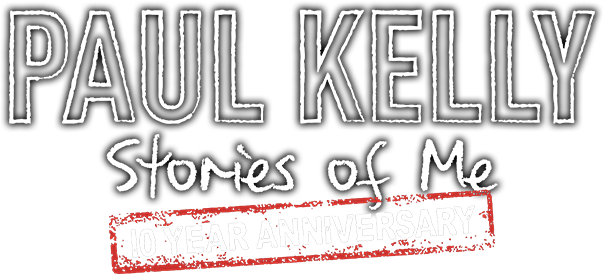Student’s Lesson
The Relationship between Story and Storyteller
Stories can be true or false, fact or fiction. What they always are is a representation of events.
In this activity students investigate the distance between the storyteller and the story, how the documentary represents Kelly through its manipulation of story-telling techniques and how viewpoints operate in stories.
View the documentary, making particular note of the personal details included from Kelly’s life.
- In groups, choose a song from those included in the documentary that relate to Paul Kelly’s life. Closely examine the lyrics and identify the possible connections between his life experiences and the subject matter of the songs.
- Read the following dialogue extracts from the documentary and in your group discuss whether they comply with your observations.
- Paul would of course say and he said many times that his songs are not about himself, that they are stories. He’s, he’s an artist and he’s making stories. However, his songs have tracked his life so closely that no one but no one can believe that.
- Paul is a fiction writer in the medium of songs and he writes very personal songs so he draws from his life but he crafts the songs in the same way that a fiction writer does in that he creates a new story.
- You can, you can smell the, the canvas and the sweat and the, the hay and it takes you back, it does. Words, words, that’s the, that’s the, that’s the, that’s what’s what’s deadly about words you know?
- Share your findings with other groups and discuss as a class: Exactly whose story does Paul Kelly tell?
- Ian Darling uses a range of different storytelling devices in this documentary to present his viewpoint. He offers a variety of ways of seeing Paul Kelly and his body of work. These include:
- dramatic devices such as dialogue or interview
- lyrics
- memorable images and digital footage
- anecdote
- performances
- Select two or three of these storytelling devices and identify:
- who is representing whom, what, where, when, how and why
- who or what is misrepresented, under-represented, or unrepresented
- how else the same information might be represented
- the relationship between the textual form and its meaning.[1]
- As a class discuss the effects of the combination of these storytelling devices and how they shape the overall documentary to establish Darling’s viewpoint.
[1] Pope, Rob (2001), English Studies Book. An introduction to Language, Literature and Culture. p.229
NEXT:
REPRESENTING THE ARTIST / CONSTRUCTION OF CELEBRITY
REPRESENTING THE ARTIST / CONSTRUCTION OF CELEBRITY
